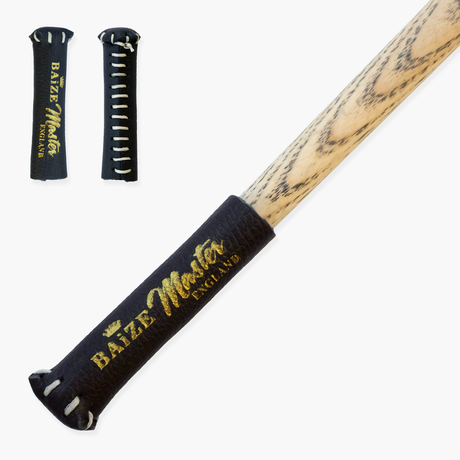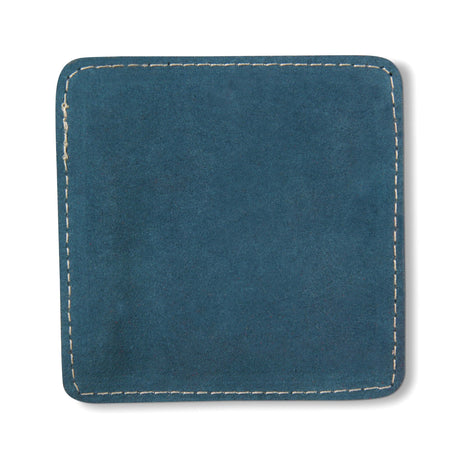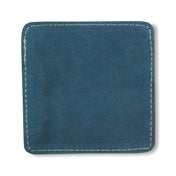In pool, success often hinges on a player's ability to predict and control the cue ball's movement. Among the various techniques employed by skilled players, the 30 Degree Rule stands out as a particularly valuable tool. In this comprehensive guide, we'll explore the ins and outs of the 30 Degree Rule, its benefits, and how you can apply it to elevate your game.
Understanding the 30 Degree Rule
The 30 Degree Rule in pool is a technique that helps predict the cue ball's natural angle of deflection after making contact with an object ball. It states that when the cue ball hits an object ball with a sliding cue ball (i.e., no top or bottom spin), the cue ball will deflect approximately 30 degrees from the tangent line of the contact point. This rule serves as a foundation for cue ball control, helping players plan their shots and position the cue ball for subsequent shots more effectively.
Applying the 30 Degree Rule in Your Game
To effectively apply the 30 Degree Rule, follow these steps:
- Analyze the shot: Identify the point of contact between the cue ball and the object ball, and visualize the tangent line that extends from this point.
- Predict the deflection angle: Imagine a 30-degree angle from the tangent line in the direction the cue ball will deflect. This will give you an approximate trajectory for the cue ball.
- Adjust for spin and speed: Keep in mind that the 30 Degree Rule assumes a sliding cue ball. If you apply top or bottom spin, the deflection angle will change. Additionally, the cue ball's speed can affect the angle, so adjust your shot accordingly.
- Execute the shot: With the predicted trajectory in mind, take your shot, and watch how the cue ball behaves. Over time, you'll develop a better understanding of the 30 Degree Rule and improve your cue ball control.
Benefits of Mastering the 30 Degree Rule
Incorporating the 30 Degree Rule into your pool game offers several benefits, including:
- Improved cue ball control: By understanding the natural deflection angle, you'll be better equipped to position the cue ball for your next shot.
- Enhanced shot planning: With a clearer picture of the cue ball's trajectory, you can devise more effective strategies and anticipate potential obstacles or opportunities on the table.
- Increased confidence: As your ability to predict and control the cue ball improves, you'll gain confidence in your shot-making abilities, allowing you to play more aggressively and consistently.
- Competitive edge: Mastering the 30 Degree Rule can give you an advantage over less experienced players, enabling you to outmaneuver them and win more games.
Practice Makes Perfect: Refining Your 30 Degree Rule Skills
While understanding the 30 Degree Rule is essential, practice is the key to mastering this technique. Spend time at the table practicing different shots, experimenting with various cue ball speeds and spins. As you become more familiar with the 30 Degree Rule, you'll be able to adjust for these variables more accurately, further improving your cue ball control and overall game.
Conclusion
The 30 Degree Rule is a fundamental technique in pool that can significantly enhance your game when applied correctly. By understanding and practicing this rule, you'll gain better control over the cue ball, make more informed decisions, and develop a competitive edge over your opponents. So grab your cue, hit the table, and start refining your skills with the 30 Degree Rule today!









